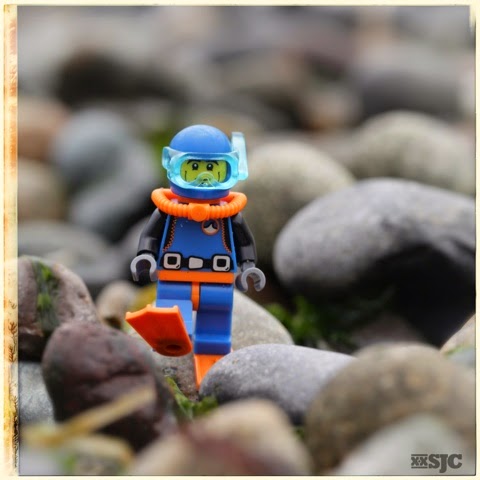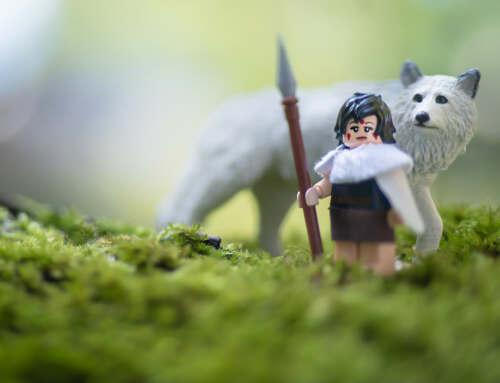By popular demand (read one request) I was asked to review the basics of macro photography. If you don’t know what macro photography is…it is simply the art of taking pictures close up of small objects.
The Basics:
1) Use a tripod or equivalent: When you are focusing on such a small object, camera shake will ruin your focus.
2) You will need additional lighting: Whether you are shooting inside or out, having some additional lighting will allow you take advantage of your full range of f-stop. A ring light, flash (not necessarily attached to your camera) or two small auxiliary lights are all excellent options.
3) Use Aperture Priority mode: when you are shooting closeup you will want to play with how much is in focus for the best effect. A slightly blurred background is a great way to set off your subject and minimize distractions.
4) Use Manual Focus: You should be in control of what’s in focus, not the camera. When you are going for pinpoint accuracy, there is no substitute.
Other Tips:
5) Vary the background: You can only have so many shots with blurred green foliage. Be cognizant of your color range.
6) Use a Third Hand: A clever device to have in your arsenal, it can help position a toy or help to add additional interest to your background with color or texture.
7) Use Reflectors: These are easy to make and small enough to carry around. They are a great way to bounce available light onto your mini figs face to minimize shadows or reflective lines.
Toy Photography Specifically:
8) Clear your surface: Stray leaves, grass, pebbles, pine needles etc may not look like much when you are shooting, but once you enlarge your photo they become huge distractions.
9) Minimize your figures: When shooting Lego, 1-3 mini figures is more than enough to fill your frame. More than three (which is itself pushing it), can be over whelming.
10) Be aware of where your toys are looking: The slightest change in a head tilt can signal dramatically different emotions. Don’t forget to make sure the face is in focus. For most people being able to connect with the subjects eyes is a way to connect emotionally.
11) Take your time: More than a few photos have been tossed because the hair wasn’t lined up correctly or the pants where a little askew. Review your photos on the screen before you move on and make sure you have caught these little errs. It can be the difference between a beautiful photo and another image on the virtual trash heap.
12) Change your view point: If your photo is just not coming together change your view point. Move above, below or even to the other side of your set-up. Often the image is there, you just have to get the right angle on it.
13) Have fun and don’t be afraid to take risks. This isn’t brain surgery.
If you have any questions or anything to add to the conversation please leave a comment. We are all here to learn from each other.
~ xxsjc
The mask isn’t on straight in this image. I didn’t realize it until I had returned home and upload the image onto my computer. I let it fly since I like it so much. In the future I will need to follow step 11 more closely. ~ xxsjc








I think I’m the person who requested this article. Thank you, Shelly! I’m definitely going to bookmark it for when I get back to taking pictures. And I didn’t notice the crooked mask until you pointed it out (and I had to search for it even then), but I see where it can be a huge problem when enlarged. Working with print, I’m much better at catching things like typos.